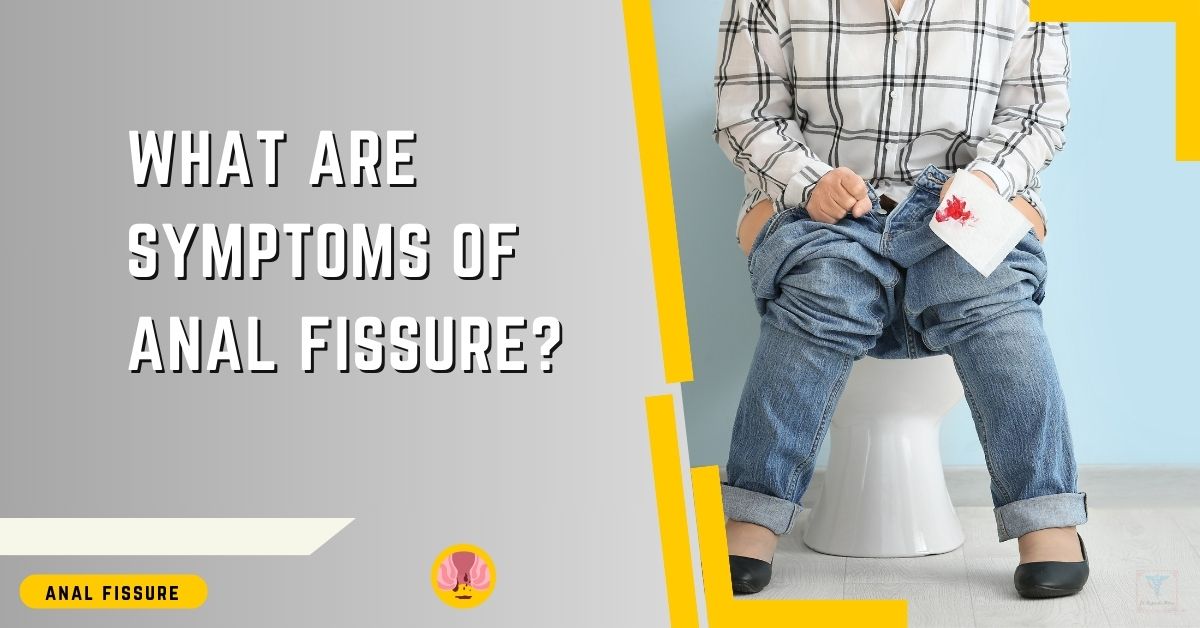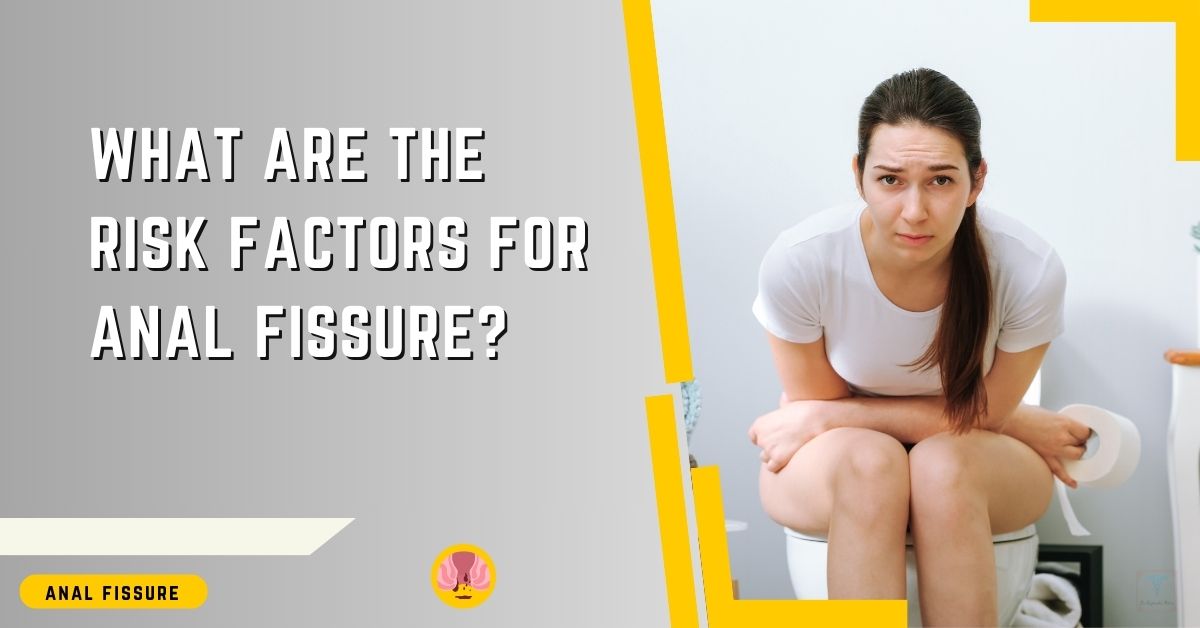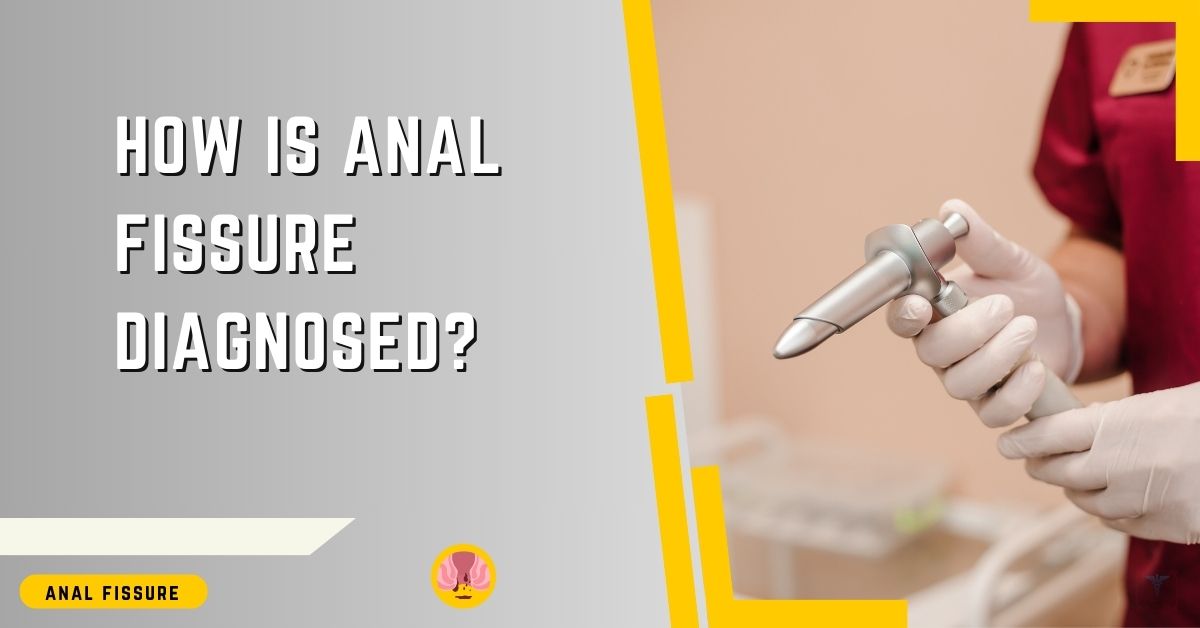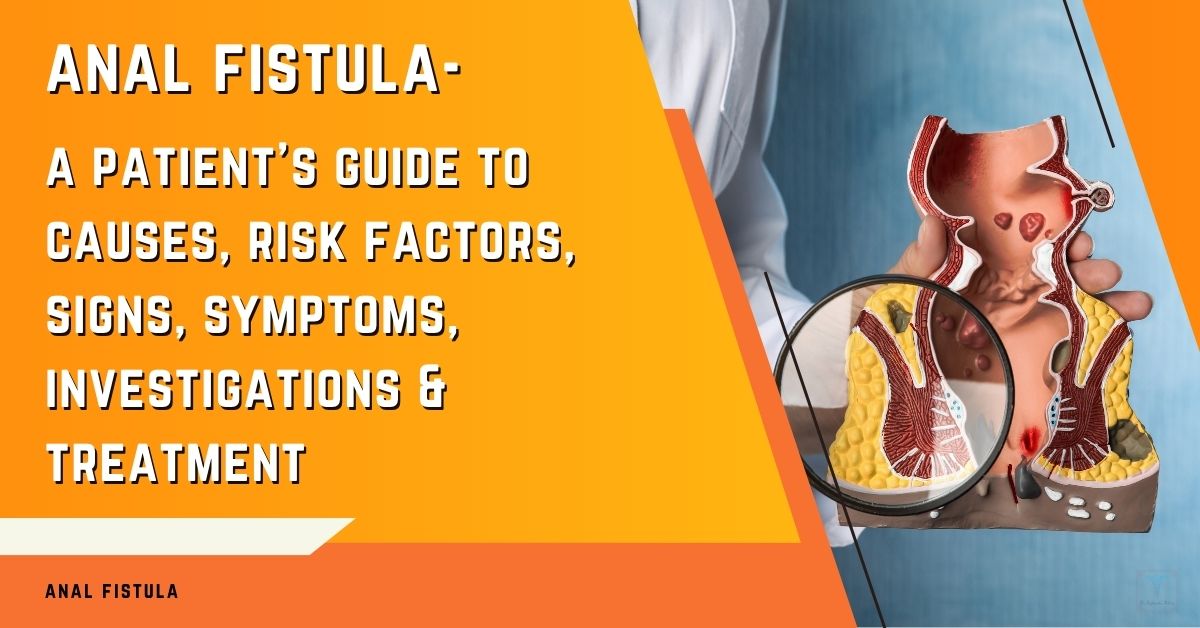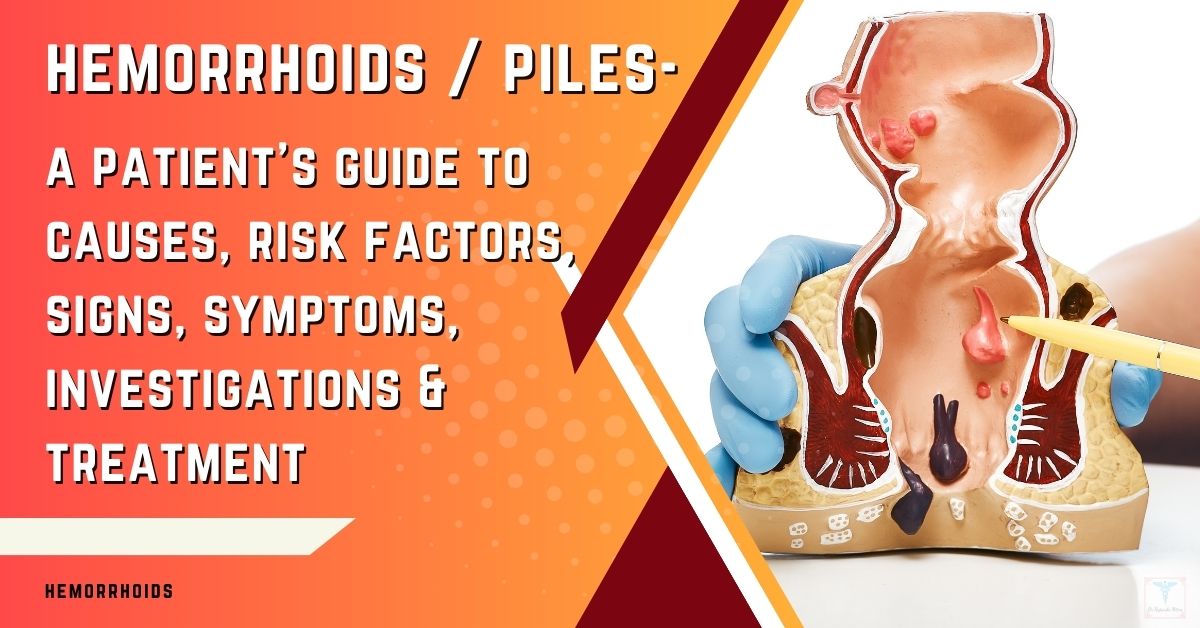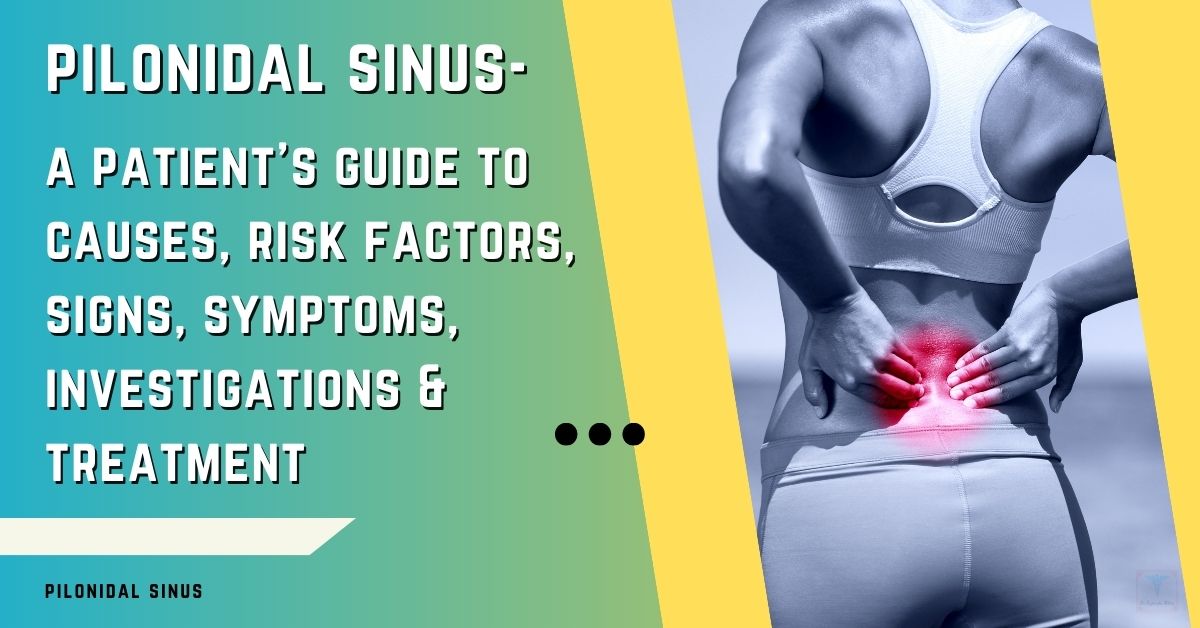There are several symptoms of anal fissure you should watch for to detect the issue at an early stage. Being able to identify signs of an anal fissure allows you to seek proper diagnosis and treatment early on.
The most common anal fissure symptoms include several generic issues, such as pain and bleeding. So, if you feel you have the symptoms and risk factors, you must consult a medical practitioner for proper guidance.
Most Common Symptoms of Anal Fissure
- Pain and bleeding during bowel movements.
- Anal itching and swelling.
- Painful spasms and trouble passing stool.
- Visible anal tear or ulcer.
- Recurring symptoms over weeks/months.

Pain and Bleeding
- Sharp, stinging pain during and after bowel movements.
- Bleeding from the anus, often with bowel movements.
- Pain may last several hours after passing stool.
These are the hallmark symptoms of most anal fissures. Look for blood on toilet paper and pain that worsens with defecation.
Itching and Swelling
- Itching sensation around the anus.
- Swollen, irritated tissue around the fissure.
- May persist long after bowel movement is completed.
This local irritation signals injury to the delicate anal tissue.
Difficulty Passing Stool
- Painful spasms while attempting bowel movement.
- Spasms of the anal sphincter muscle.
- Temporary loss of control/leakage of stool.
Spasms make it harder to pass stool, worsening pain and irritation.
Visible Anal Lesion
- A small tear or ulcer on visual inspection.
- Often located in the posterior midline (back) of the anus.
- May see swollen bumps or skin tags on the edge.
Visible confirmation helps distinguish fissures from other conditions like hemorrhoids.
Recurring Symptoms
- Symptoms return and persist after a bowel movement.
- Ongoing pain, bleeding, and itching over time.
- Lasting longer than 6 weeks suggests a chronic fissure.
Final Note From Dr. Rajarshi Mitra
Let me know if you need any help evaluating potential fissure symptoms. Early recognition and care make anal fissure treatment easier.

